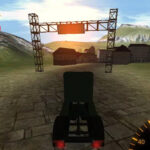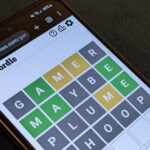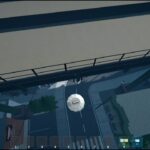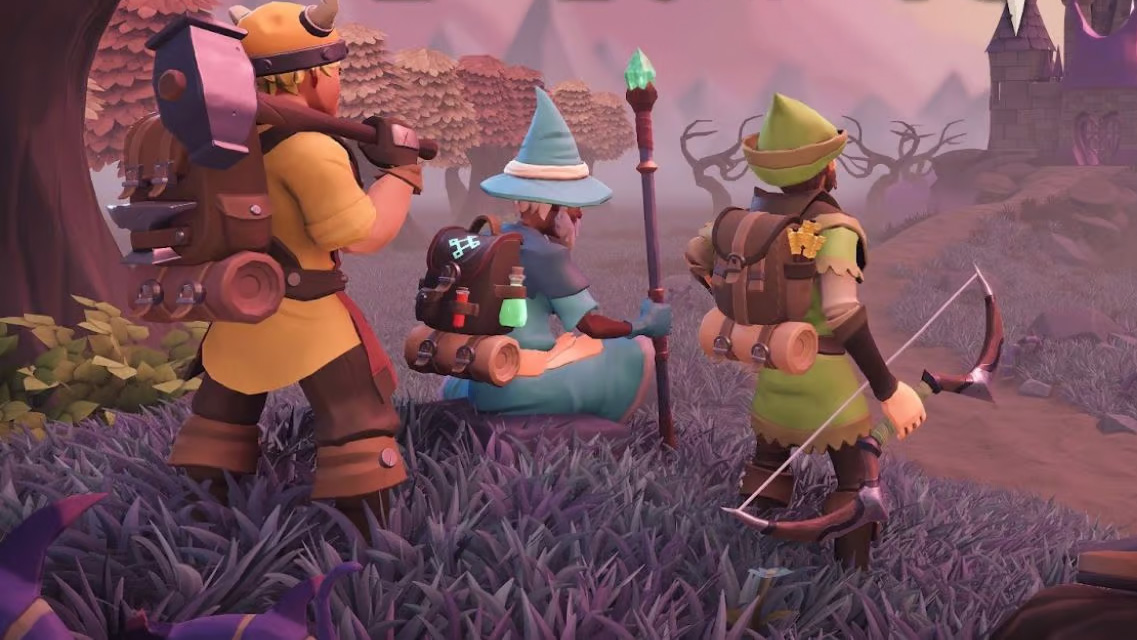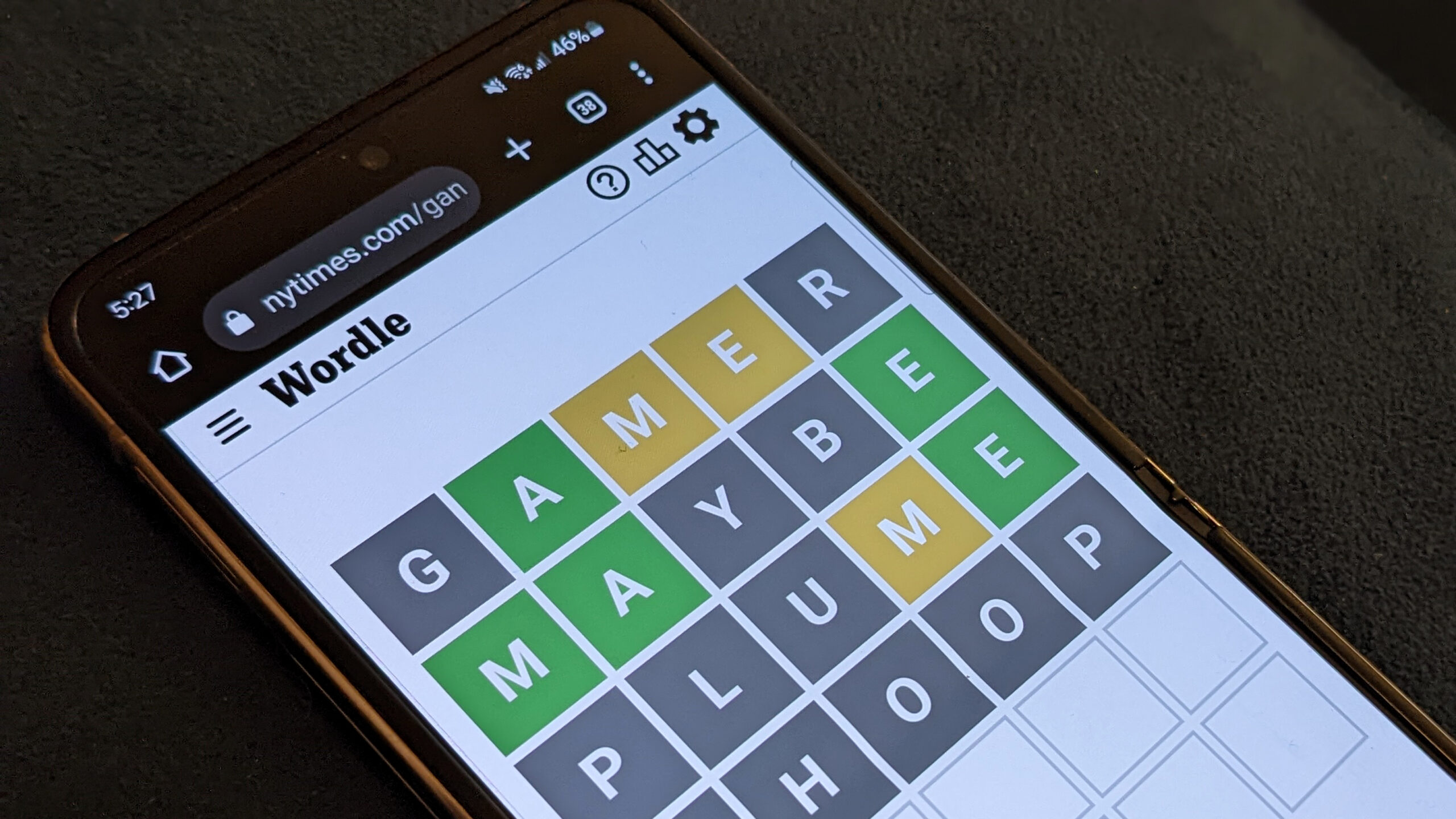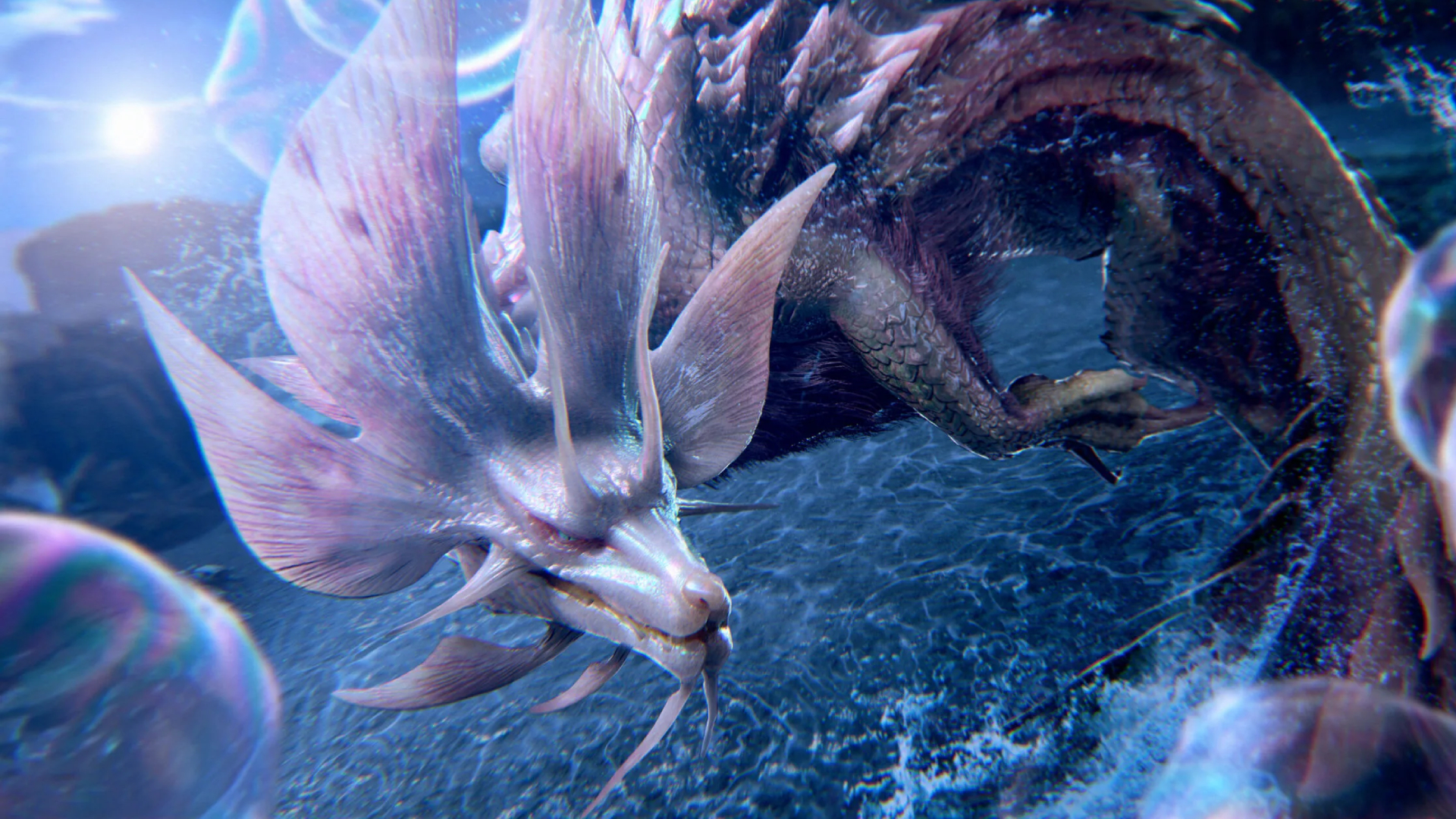I played 2018’s For The King by chance, when I randomly stumbled across it on Xbox Game Pass. It’s the type of game I’d have never played if I’d had to pay for it first, but I ended up sinking so many hours into it that I eventually just bought it outright.
I explored every single map and unlocked every scrap of lore, easily putting in over 50 hours. So when I heard that IronOak Games was making a sequel, I was excited to do everything all over again—although perhaps not quite to the degree that For The King 2 has in mind.
What is it? A turn-based, D&D-inspired rougelike set in the land of Fahrul.
Release date November 2, 2023
Expect to pay $25 / £20
Developer IronOak Games
Publisher Curve Digital
Reviewed on Ryzen 7 7700X, RTX 4080, 64GB RAM
Steam Deck Playable
Link Official site
For The King 2 is a mix of turn-based combat and Dungeons and Dragons-inspired chance-based mechanics. You set out with a party of four with the intention of completing five story chapters, while contending with a procedurally generated map and the ever-looming threat of permadeath.
For a game that projects a lighthearted fantasy vibe on the outside, For The King 2 is surprisingly punishing—so much so that I had to go back and replay the first game just to make sure I wasn’t imagining this spike in difficulty. Ten minutes into my first playthrough I foolishly attempted to fight three Jelly Cubes that spawned close to the starting town and barely managed to chip one of their health bars by a third before they slaughtered my entire squad. Enemies hit harder and make smarter tactical decisions than they did in the first game, like targeting your character with the lowest health, and routinely outlevel me. The extra challenge only bolstered my enjoyment—knowing that one innocuous mistake was all that separated me from finishing the chapter and sudden death made every little decision feel both important and exciting, no matter how far through the game I progressed.
That being said, death is just as often down to pure chance as it is skill. Although properly outfitting your party is important, the damage and accuracy of attacks are literal coin flips. Combat in For The King 2 would be overly simplistic and frustrating in this regard if not for the Focus system, which often let me swing the odds in my favour. Using the limited Focus points I accrued by resting at inns and using healing items allowed me to brute force my way through luck checks inside and outside of fights, guaranteeing that my entire party wasn’t unceremoniously defeated by low level mobs (or overleveled Jelly Cubes) on several occasions. Using Focus points to ignore an accuracy check and ensure a killing blow on a particularly evasive enemy before they targeted my weakest unit on the next turn made me feel like the Sun Tzu of Fahrul (if he enjoyed cosplaying as a warlock).
Drama queen
(Image credit: IronOak)
For the King 2 adds both a battle grid system and a fourth party member to combat, and balancing the order my party took their turns demanded legitimate precision as a result. The battle grid reframes For The King’s turn-based combat within a 2×8 layout, adding a level of depth to correctly positioning your units on the field. When my more fragile units weren’t quick enough to move behind by shield units at the front of the battle grid, I’d sometimes get steamrolled and lose a character before their turns even began.
During one campaign I realised far too late that I’d given my Blacksmith too much speed-restricting equipment. Like in D&D, initiative is important here, and his heavy ass got half my team killed when a group of speedy Goblins took their turns before my Blacksmith could so much as get off a taunt. Although correctly positioning units might seem simplistic at face value, the quick pace of combat made even the most straightforward choices feel engaging as enemy units often mixed up their own tactics based on where my characters were situated on the grid. As a result, encounters with appropriately levelled enemies felt more like puzzles I had to solve rather than skirmishes that I needed higher level gear to beat.
The campaign took me roughly 30 hours, although eight of those were the result of failed runs. Completing the campaign isn’t really the end goal, as even once you’re done you’ll likely have new classes, in-map locations and items to unlock. Unfortunately, there simply aren’t enough unlocks in the Lore Store to dedicate repeated playthroughs to, especially when the majority of classes are slight variations on the four initial starting classes.
(Image credit: IronOak)
When compared to the first game, For The King 2’s facelift feels like it got the most love. It sticks to a sort of toy-like tilt shift style while moving away from the abstract low-poly models of the first game. The character models still give off an intentional plasticine sheen, but with enough extra attention to detail that I was amazed when I looked at the two side-by-side. The high tech ways in which the particle effects from spells and explosives interact with the lighting makes for a playful contrast with the cartoonishly stylised character models.
While some players on Steam have noted issues with bugs, I didn’t run into a single bug or even a slight stutter throughout my entire playtime, even when playing online with others. From my experience For The King 2 is ready to go, straight out of the box—something that any PC game should be lauded for in 2023.
Kingdom come
On paper, For the King 2 is exactly what a sequel should be—the updated battle mechanics, visual improvements and difficulty rebalancing have resulted in a prettier and more tactical RPG. But not that much more tactical, given how little was done to make each of the classes feel more distinct from one another. The procedurally generated maps also didn’t really add much to repeated playthroughs, as the alterations in terrain seemed purely visual and never actually made any form of mechanical impact to the campaign.
(Image credit: IronOak)
Ultimately I just couldn’t shake the feeling that the novelty of the first game is what originally led me to invest so much time in it. I’m a little jealous of anyone who never played it—if I could erase the memory of it from my mind and play For The King 2 unburdened by the comparison, I know I’d enjoy it more.
For The King 2 feels like it needed a new, fresh mechanic outside of combat to keep me invested for the long haul. Without that something extra to set it apart from the first game, the experience sometimes felt more akin to an HD remake of the original For The King rather than a sequel. In spite of that, I can’t say I didn’t have fun—just nowhere near for as long as I did the first time around.


